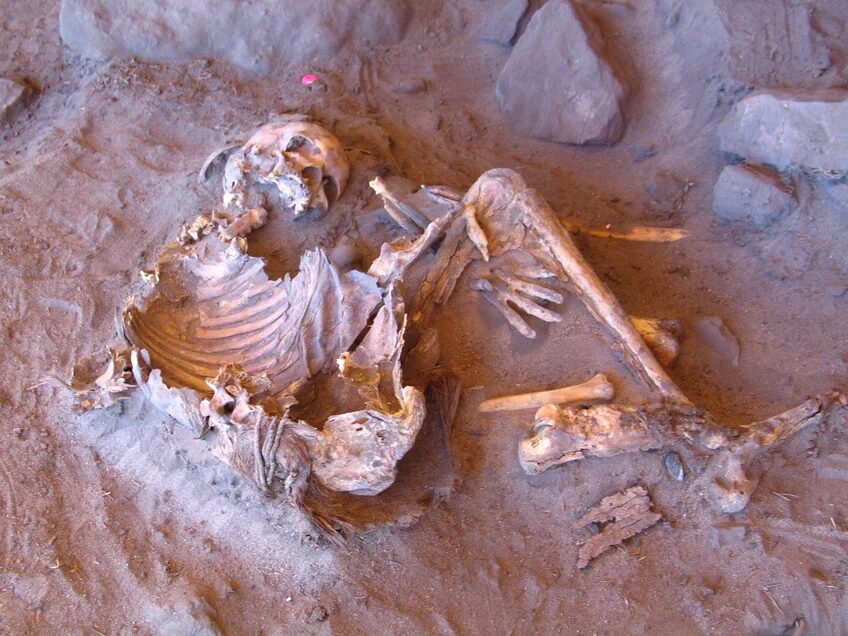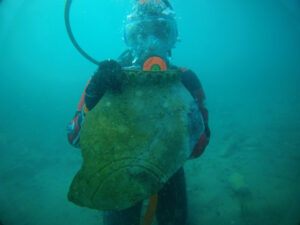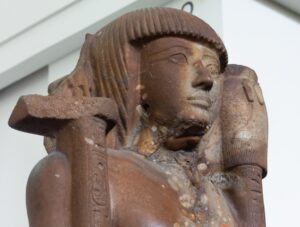Lush greenery is as unexpected in the Sahara as it is in Antarctica. Yet both were once home to more temperate ecosystems. Unlike the jungles of Antarctica, which froze away many millions of years ago, the Green Sahara was recent enough to host early humans.
Every 21,000 years, the Sahara experiences a wet, rainy period, turning it into a woodland. The last North African Humid Period occurred between 14,500 and 5,000 years ago. During that time, an enigmatic group of pastoral people called the region home.
But who exactly were they? Where did they come from? What happened to them when their home became a desert again? All this has long been a matter of debate.
A new study in Nature reveals the results of DNA testing, suggesting a clearer origin for the Green Sahara people.
During the African Humid Period (AHP) the Sahara was home to woodlands, savanna and scrubland, as well as rivers and lakes. Photo: Salem et al
Deciphering an ancient genome
The Takarkori rock shelter is tucked against the Tadrart Acacus Mountains of southwest Libya. Humans lived here from 10,200 to 4,200 years ago. Archaeologists have unearthed a number of artifacts, the most important finds are the 15 sets of human remains in the back of the cave.
A team from the Max Planck Institute for Evolutionary Anthropology in Germany decided the most likely remains for testing were a pair of adult female mummies carbon-dated from 6,800 to 6,300 years ago. Carefully, researchers extracted genetic material from their naturally mummified remains.
Conditions in the Sahara degrade DNA, making research into population change extremely difficult. The DNA was too damaged to construct a complete genome, but researchers were able to compare specific sections of code to almost 800 individuals from modern Africa, the Near East, and Southern Europe.
The unique people of the Green Sahara
Genetic analysis revealed that the Takarkori people were part of a unique, somewhat isolated group. Their overall ancestry was North African, and significant migration in or out of their population had not occurred.
This runs counter to previous theories, which suggested northward migration from sub-Saharan Africa. Around the height of the last humid period, the Green Sahara people moved from hunter-gathering to a more sedentary herder’s life. Previously, researchers believed that sub-Saharan people moving through the area had introduced domestication.
The Takarkori people. also had far less Neanderthal DNA than other North African populations. They were fairly isolated genetically, but with a moderate population of around 1,000 people, they weren’t in a population bottleneck.
Archaeological work continues at the Takarkori cave site. Photo: Archaeological Mission in the Sahara, Sapienza University of Rome






